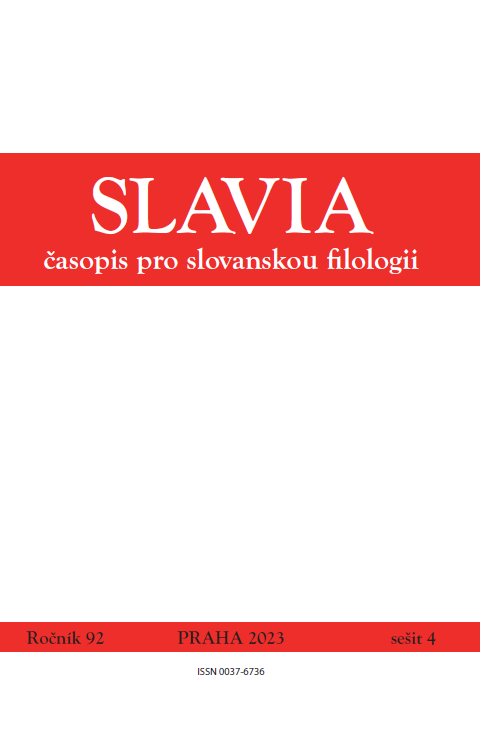On the Etymology of Diacritics in General and the Origin of the Czech Diacritics in Particular
On the Etymology of Diacritics in General and the Origin of the Czech Diacritics in Particular
Author(s): Daniel BunčićSubject(s): Theoretical Linguistics, Historical Linguistics, Comparative Linguistics
Published by: AV ČR - Akademie věd České republiky - Slovanský ústav and Euroslavica
Keywords: graphematics; orthography; Jan Hus; De Orthographia Bohemica; háček; caron; čárka; acute accent; apex; overdot; Old Irish; Glagolitic; Hebrew;
Summary/Abstract: This paper demonstrates that diacritics have their own etymologies, just like words. They are created according to certain mechanisms (based on iconicity, from letters, from deletion marks, or from disambiguation marks), and when they are borrowed from one language to another, both their form and their function stay the same or change according to general rules and as necessitated by the concrete borrowing situation. However, the authors of hypotheses about the origin of the Czech diacritics do not take this into account. Therefore, all the hypotheses put forward so far about possible sources of the dot (the later háček) and the stroke (čárka) are evaluated anew (viz., marks in earlier Czech texts, the i tittle, Hebrew, Glagolitic, the Greek acute, the Latin apex, and Old Irish). It turns out that the seemingly most far-fetched idea is by far the most plausible: The Czech diacritics were borrowed from Old Irish.
Journal: Slavia - časopis pro slovanskou filologii
- Issue Year: XCII/2023
- Issue No: 4
- Page Range: 385-424
- Page Count: 40
- Language: English

